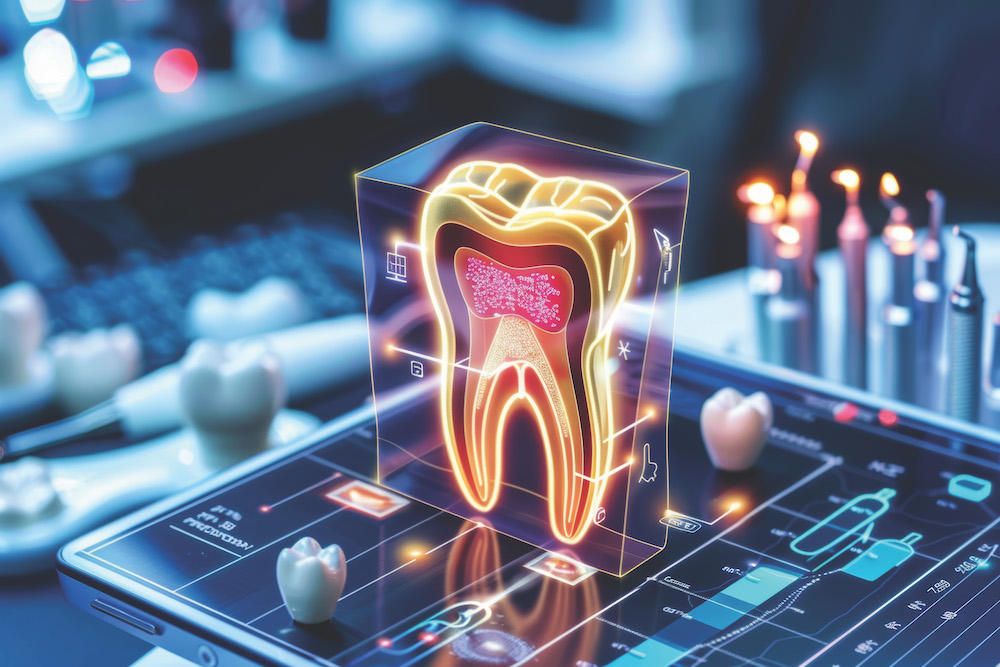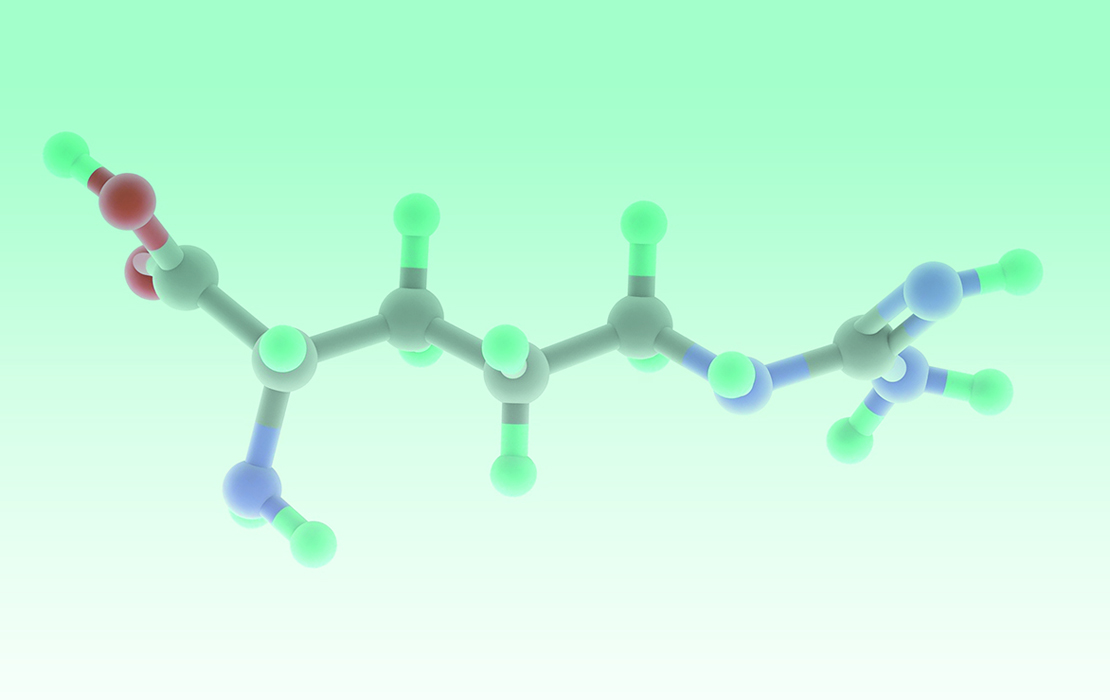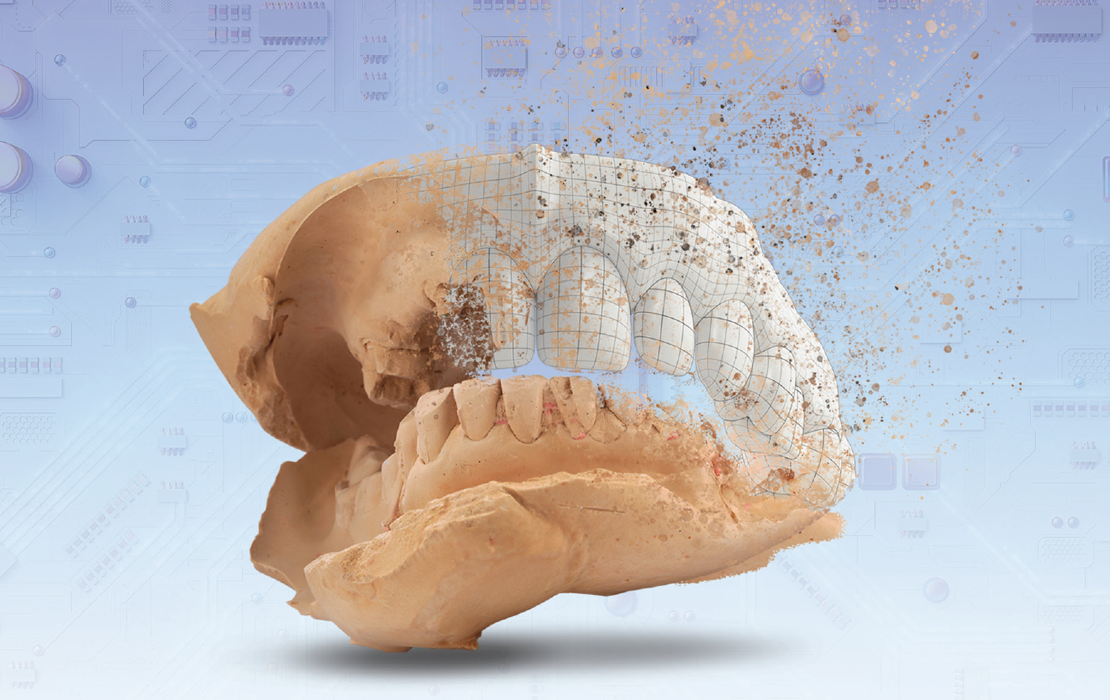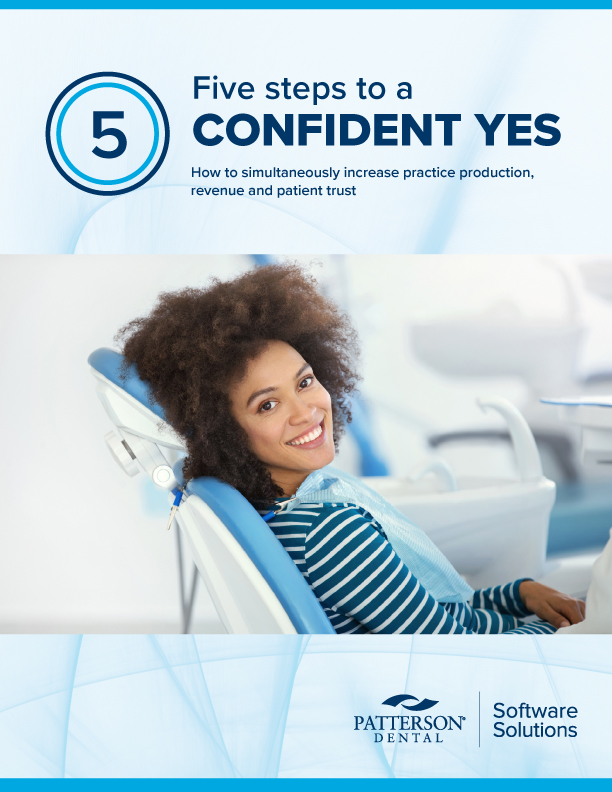What are the standards for AI use in dentistry?
ADA offers guidance on responsible use of technology

The use of artificial and augmented intelligence in dentistry is growing, and with that growth has come an increasing need for guidance to ensure the technology is used responsibly.
“In this era of rapid technological advancement, the need for guidance on the responsible use of AI in dentistry is greater than ever,” said Robert Faiella, D.M.D., chair of ADA Standards Working Group 12.7 on Artificial and Augmented Intelligence in Dentistry. “By embracing established standards and staying informed about evolving best practices, dentists can harness the transformative potential of AI while upholding their ethical and professional obligations to provide safe, effective and equitable care.”
The ADA first published a white paper on AI in dentistry in December 2022, and two more ADA standards publications have followed, including the first U.S. standard on AI in dentistry. Read below about each of the national and international dental standards and guidance documents on AI that have been published or are in development.
ADA White Paper No. 1106:2022, Dentistry — Overview of Augmented and Artificial Intelligence Uses in Dentistry: This white paper introduces the use of artificial and augmented intelligence in many clinical disciplines, including prevention, caries and periodontal disease, implants, oral and maxillofacial surgery, endodontics, prosthetics, and digital imaging. The paper addresses nonclinical areas as well, focusing on payer topics such as claims processing, payment integrity and quality assurance. The document also provides information on the current regulatory environment.
ADA Technical Report No. 1109:2025, Dentistry — Evaluation of Dental Image Analysis Systems Using Augmented Intelligence/Artificial Intelligence: This technical report highlights the need for an independent dataset to validate AI algorithms used to analyze 2D dental images. The dataset, which would be based on known diagnoses from validated sources and kept by a third party that is not an AI manufacturer, would allow all users, developers and approval agencies to compare each proposed AI algorithm for accuracy and specificity. The report proposes methods for establishing the dataset and describes the general principles of AI, including the need for data and methods to be private and secure to avoid bias.
ANSI/ADA Standard No. 1110-1:2025, Dentistry — Validation Dataset Guidance for Image Analysis Systems Using Artificial Intelligence, Part 1: Image Annotation and Data Collection: The purpose of this standard is to provide standardized criteria for annotating and collecting data from 2D radiographs to classify the images and use them in clinical decision-making. It covers image analysis associated with machine learning and deep learning. The standard identifies the necessary annotations and data content for 2D radiographic images to be queried, exchanged and communicated among providers at all treatment locations for diagnosis, treatment, administrative tasks, research and development efforts. This document is the first U.S. standard on AI in dentistry approved by the American National Standards Institute.
Proposed ISO 18374 Dentistry — Artificial Intelligence (AI) and Augmented Intelligence (AuI) Based 2D Radiograph Analysis — Data Generation, Data Annotation and Data Processing: This document will define the requirements for developing and documenting the goals, limitations, target end users and target patient population for 2D radiograph analysis software using artificial and augmented intelligence. It will outline the requirements for appropriate reference data, training data, test data, validation data and annotation necessary for the software to ensure it achieves its intended goals. This document is expected to be approved this year. It will be the first international standard on AI in dentistry, and its development involved active participation from the U.S. through the ADA Standards Program.
“Standards and regulatory frameworks are essential in guiding dentists toward responsible AI use,” Dr. Faiella said. “By establishing criteria for safety, efficacy, transparency and fairness, these standards provide a roadmap for evaluating and integrating AI systems into dental practice.”
To read or download the ADA documents, visit ADA.org/dentalstandards.



